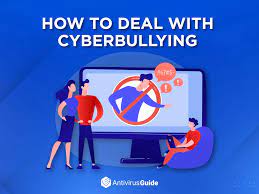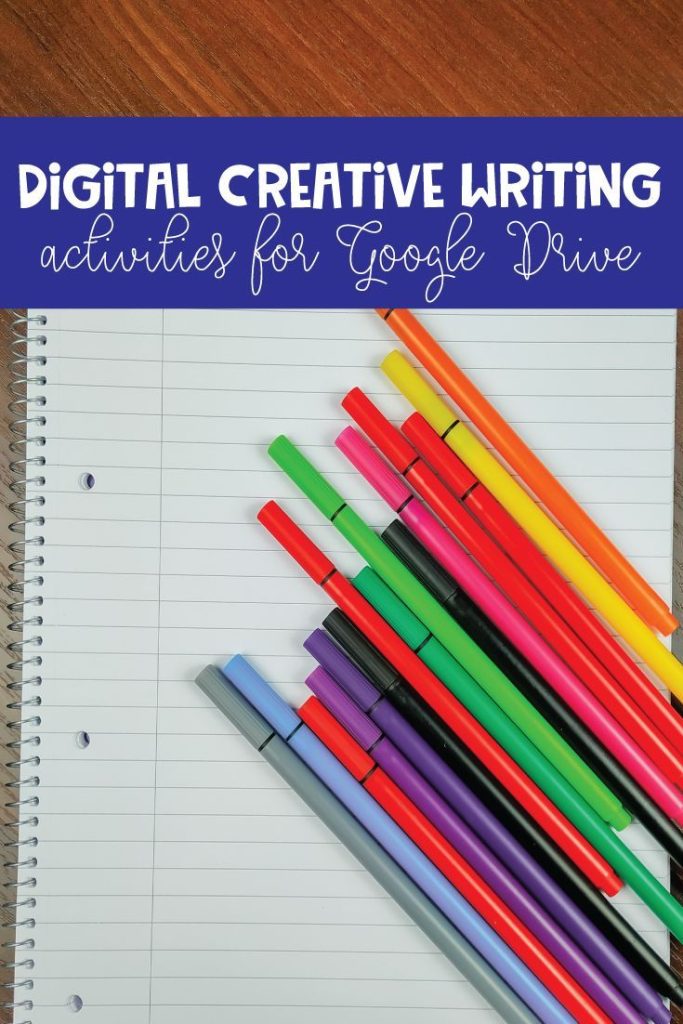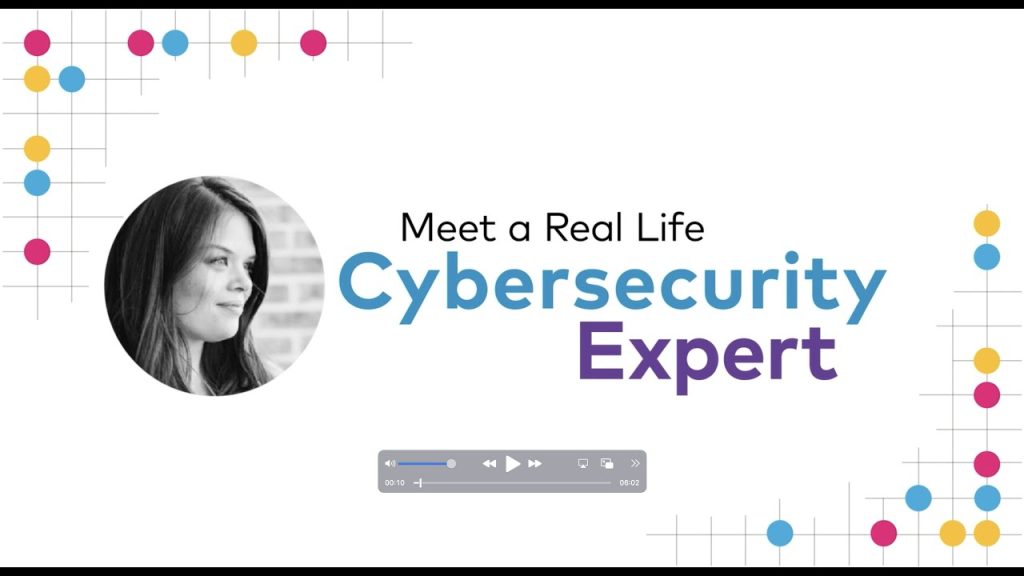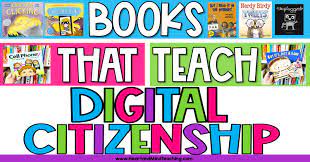In today’s increasingly digital world, technology plays a significant role in education. With devices such as laptops, smartphones, and tablets becoming common in the classroom, it’s crucial for students to learn how to stay focused while utilizing these tools. Here are seven ways to help students maintain concentration while using technology.
1. Establish Clear Rules and Guidelines
Set clear expectations for responsible technology use in the classroom. Outline when and how devices should be used, and make sure students understand the consequences of not following these guidelines. By establishing boundaries, you help create a structured environment that fosters focus and minimizes distractions.
2. Prioritize Essential Tasks
Encourage students to focus on essential tasks before they engage in leisure activities on their devices. Remind them to complete work-related tasks before starting non-academic pursuits such as browsing social media or playing games.
3. Use Time Management Tools
Many digital devices come with time management tools that can help students set daily goals and track their progress throughout the day. With parents’ or teachers’ guidance, students can use these tools to block certain websites, allocate specific time slots for individual tasks, or set goals for their daily screen-time usage.
4. Encourage Breaks Between Screen-Time Sessions
Advise students to take regular breaks when using technology for an extended period. Encourage them to engage in physical activities, or simply rest their eyes by looking away from screens during these breaks. This can enhance focus and reduce the chances of cognitive fatigue.
5. Foster a Supportive Learning Environment
Cultivate a learning space where educators, parents, and peers encourage one another in responsible device use. For example, teachers can collaborate with parents to monitor their children’s online activities at home and reward them for positive digital behavior.
6. Utilize Educational Apps
Incorporate educational apps into your curriculum that promote active learning through games and interactive modules. This can help students stay engaged and interested in their coursework and prevent undue distractions.
7. Teach Digital Citizenship
By fostering a strong understanding of digital citizenship, students learn the importance of responsible online behavior and the value of protecting their personal information. This encompasses online safety, etiquette, and critical thinking skills that empower them to make informed decisions while using technology.
In conclusion, incorporating technology into education has become commonplace, but it’s crucial for students to remain focused and avoid being consumed by distractions. By applying these seven strategies, teachers and parents can encourage responsible device usage while fostering a positive learning environment.








